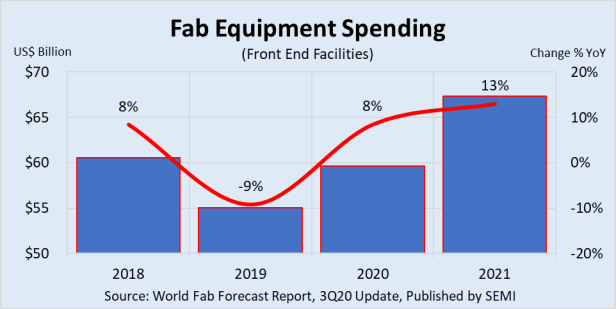According to a recent study from market research firm Global Market Insights, The solid state drive (SSD) market is set to witness commendable traction on account of growing demand for high-performance gaming computers and laptops.
Semiconductors
Multibeam Unveils Major Initiative to Develop Full-Wafer, All-Maskless Patterning at 45nm and Larger Nodes on Its MEBL Production System
Multibeam Corporation today confirmed it has embarked upon an ambitious project to apply its innovative Multicolumn E-Beam Lithography (MEBL) technology to pattern entire wafers at 45nm and larger nodes, without the use of any masks, for back-end-of-line (BEOL) processing.
GaN-on-SiC Epiwafer Specialist SweGaN Selected for Second Year on Prestigious List of Sweden’s Hottest Tech Startups
SweGaN AB, manufacturer of custom-made GaN-on-SiC epitaxial wafers for components and devices for telecom, satellite, defense and power electronics, announced today the company has been named for the 2nd year in a row to the prestigious Ny Teknik (New Technology) “33 List” of Sweden’s most promising and innovative young companies. This year’s contenders included 270 companies.
SEMICON Taiwan 2020 Hybrid to Lead the Way in AI and 5G Era
Advanced, smart and green manufacturing will take center stage on-site and online September 23-25 as SEMICON Taiwan 2020 gathers industry visionaries and experts for the latest market trends, business opportunities and innovations across the semiconductor supply chain.
ClassOne’s Solstice LT Plating System Selected by Jenoptik for Producing High-Power Diode Lasers
Semiconductor equipment manufacturer ClassOne Technology announced the sale of its Solstice LT electroplating system to Jenoptik for manufacturing semiconductor material for high-power diode lasers at its semiconductor production facility in Berlin-Adlershof, Germany.
Second Quarter 2020 Global Semiconductor Equipment Billings Up 26% Year-Over-Year, SEMI Reports
Second quarter 2020 global billings for semiconductor manufacturing equipment jumped 26% year-over-year and 8%, to US$16.8 billion, from the first quarter of the year, SEMI announced today in its Worldwide Semiconductor Equipment Market Statistics (WWSEMS) Report.

Wafer Level Packaging Reaches New Heights
Fan-out package revenue is expected to surpass $2B by 2025 and fan-in WLCSP revenue to peak to $3B by 2025 as TSMC continues to drive the fan-out market in 5G applications.

COVID-19 Drives Rise in Global Fab Equipment Spending, SEMI Reports
Soaring pandemic-inspired demand for chips that power everything from communications and IT infrastructures to personal computing, gaming and healthcare electronics will drive an 8% increase in global fab equipment spending in 2020 and a 13% increase in 2021, SEMI announced today in its World Fab Forecast report. Rising demand for semiconductors for datacenter infrastructures and server storage along with the buildup of safety stock as U.S.-China trade tensions intensify are also contributing to this year’s growth.
SUSS MicroTec and DELO Announce Collaboration on Imprint Lithography
SUSS MicroTec and DELO cooperate in the optimization of imprint manufacturing processes for the production of wafer-level optics (WLO). These optics are essential for emerging applications in the automotive and consumer electronics industries, among others.
AKHAN Semiconductor’s Latest US Patent Addresses Diamond Film for Consumer Electronic Displays
AKHAN Semiconductor, a technology company specializing in the fabrication and application of lab-grown, electronic-grade diamonds, announced today that it has been issued a patent by the United States Patent Office (USPTO) generally related to systems and methods for transparent diamond electronics.